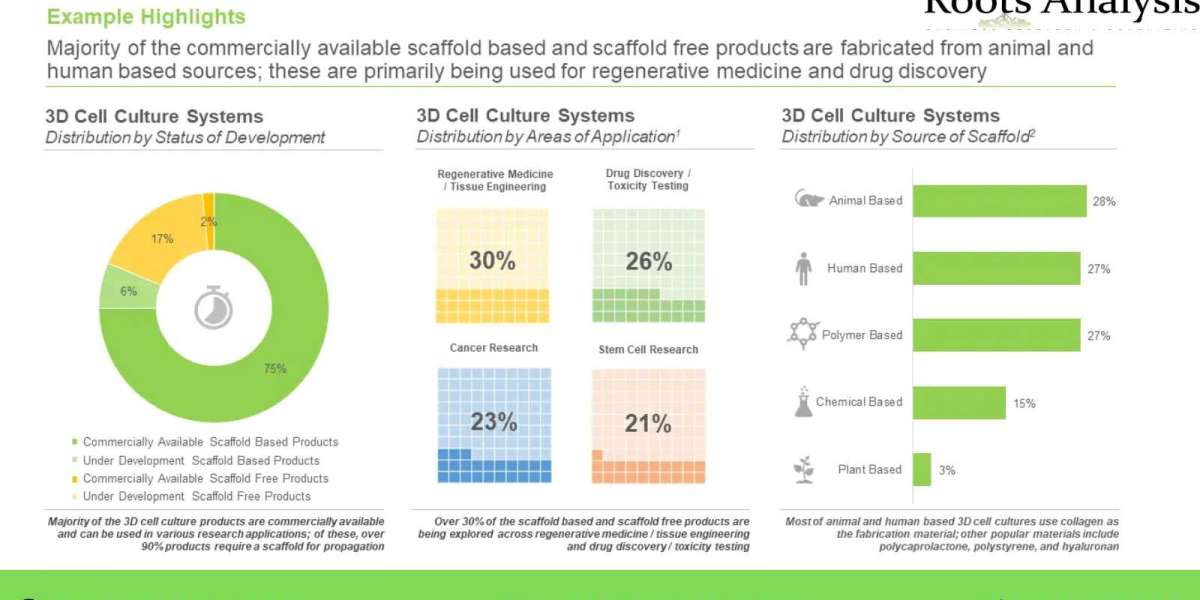In recent years, Augmented Reality (AR) has transformed the way we interact with the world around us. By overlaying digital information onto the real world, AR enhances user experiences across various industries, including education, gaming, retail, and real estate. As businesses and developers recognize the potential of AR, Augmented Reality Mobile App Development has become a focal point for creating innovative applications that captivate users and drive engagement. This article explores the journey of transforming an AR app from concept to reality, highlighting key steps and considerations along the way.
Understanding Augmented Reality
Augmented Reality combines the physical and digital worlds, allowing users to see computer-generated images or information superimposed on their real-world environment. Unlike Virtual Reality (VR), which immerses users in a completely virtual space, AR enhances the existing environment, making it more interactive and informative. The rise of smartphones equipped with powerful cameras and sensors has made AR more accessible, paving the way for Augmented Reality Mobile App Development.
Step 1: Conceptualization
The first step in Augmented Reality Mobile App Development is to define the concept of the app. This involves identifying the target audience, understanding their needs, and determining the app’s purpose. Questions to consider during this phase include:
- What problem does the app solve?
- How will users interact with the AR elements?
- What features and functionalities are essential for the app’s success?
Engaging with potential users through surveys or focus groups can provide valuable insights and help refine the concept.
Step 2: Designing User Experience (UX)
Once the concept is defined, the next step is to design the user experience. A seamless and intuitive UX is crucial for the success of any mobile application, especially in AR, where users may find complex interactions challenging. Key considerations for UX design in Augmented Reality Mobile App Development include:
- User Interface (UI) Design: Create a visually appealing interface that complements the AR experience. Ensure that buttons, menus, and other UI elements are easily accessible and understandable.
- Interaction Design: Define how users will interact with the AR elements. This could involve gestures, voice commands, or touch inputs. The interactions should feel natural and enhance the overall experience.
- User Testing: Conduct usability testing with prototypes to gather feedback on the design and interactions. Iterating on the design based on user input is vital to ensure a smooth experience.
Step 3: Development
With the design in place, the development phase begins. This step typically involves:
- Choosing the Right AR Framework: Selecting an appropriate framework is critical for Augmented Reality Mobile App Development. Popular options include ARKit for iOS, ARCore for Android, and cross-platform frameworks like Vuforia and Unity. Each framework has its strengths, so choose one that aligns with your project requirements.
- Building the App: Developers will create the app’s core functionalities, integrating AR elements, graphics, and animations. This phase also includes backend development if the app requires server-side functionalities, such as user authentication or data storage.
- Integrating AR Features: Incorporate AR features such as object recognition, tracking, and 3D modeling. This step involves using the chosen framework’s capabilities to bring the AR experience to life.
Step 4: Testing
Testing is a crucial phase in Augmented Reality Mobile App Development. It ensures that the app functions as intended across various devices and environments. Key testing considerations include:
- Functional Testing: Verify that all features and functionalities work correctly, including AR interactions.
- Performance Testing: Assess the app’s performance, including loading times, responsiveness, and battery consumption. AR apps can be resource-intensive, so optimization is essential.
- User Acceptance Testing (UAT): Involve real users in testing the app to gather feedback on usability and overall experience. UAT helps identify any issues that may not have been apparent during development.
Step 5: Deployment
Once testing is complete and any identified issues are resolved, the app is ready for deployment. This involves:
- Publishing the App: Submit the app to app stores (Google Play Store for Android and Apple App Store for iOS). Ensure that all guidelines and requirements are met to avoid delays in approval.
- Marketing and Promotion: Develop a marketing strategy to promote the app and reach the target audience. Utilize social media, influencer partnerships, and targeted advertising to create buzz and drive downloads.
Step 6: Post-Launch Support and Updates
The journey doesn’t end with the app launch. Continuous support and updates are crucial for maintaining user engagement and addressing any issues that arise. Considerations include:
- User Feedback: Monitor user reviews and feedback to identify areas for improvement. Engaging with users post-launch can foster loyalty and community.
- Regular Updates: Implement regular updates to introduce new features, fix bugs, and ensure compatibility with the latest devices and operating systems.
Conclusion
Augmented Reality Mobile App Development offers exciting opportunities for businesses to engage users and create memorable experiences. By following the journey from concept to reality—starting with a solid idea, designing an intuitive user experience, developing robust features, rigorous testing, and ongoing support—developers can create AR applications that stand out in the marketplace. As AR technology continues to evolve, investing in its development will be key to staying competitive and meeting the ever-changing needs of users. Embrace the potential of augmented reality, and watch your app ideas come to life!








